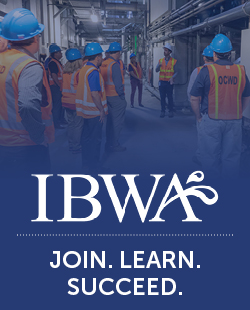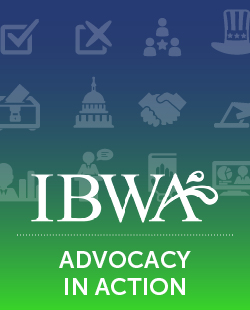Bottled Water
Bottled Water
The bottled water industry you see today has been around for a long time.
While bottled water itself has been around for centuries, the last 100 years or so saw the creation of what we see today as a vital source of healthy, convenient hydration. The vast majority of bottled water companies in the United States are very small, about 10 employees or less, and generate less than $10 million in sales annually.
These are local family entrepreneurs with deep roots and strong ties to their communities.
You may not know it, but not just any water in a bottle can be called “bottled water.” Bottled water is considered a consumer food product by the U.S. Food and Drug Administration (FDA), which has strict standards of identity for bottled water. FDA requires that the “type” of water must be clearly printed on the label of all bottled water sold in the United States.
Types of bottled water
Spring water is water derived from an underground formation from which water flows naturally to the surface of the earth. Spring water must be collected only at the spring or through a borehole tapping the underground formation feeding the spring. Spring water collected with the use of an external force must be from the same underground stratum as the spring, must have all the physical properties before treatment, and must be of the same composition and quality as the water that flows naturally to the surface of the earth.
Purified water is water that has been produced by distillation, deionization, reverse osmosis, or other suitable processes while meeting the definition of “purified water” in the U.S. Pharmacopeia. Other suitable product names for bottled water treated by one of the above processes include “distilled water” if it is produced by distillation, “deionized water” if it is produced by deionization, or “reverse osmosis water” if the process used is reverse osmosis. Alternatively, “drinking water” can be used with one of the purifying terms defined above (e.g., “purified drinking water” or “distilled drinking water”).
Bottled water from a municipal source is not “tap water in a bottle.”
It is important to note that purified bottled water is not “just tap water in a bottle.” Once the municipal source water enters the bottled water plant, several processes are employed to ensure that it meets the purified or sterile standard of the U.S. Pharmacopeia 23rd Revision. Those treatments can include ozonation, reverse osmosis, distillation, or de-ionization. The finished water product is then placed in a bottle under sanitary conditions and sold to the consumer.
Some critics of bottled water imply that people may be unaware that they are consuming bottled water that is from a municipal water source and has been placed in a bottle without being purified. As stated above, this is not the case. If a bottled water product’s source is a public water system and the finished bottled water product does not meet the FDA Standard of Identity for purified or sterile water, the product label must disclose the public water system source.
Mineral water is natural water containing not less than 250 parts per million total dissolved solids. Mineral water is distinguished from other types of bottled water by its constant level and relative proportions of mineral and trace elements at the point of emergence from the source. No minerals can be added to this product.
Sparkling bottled water is water that, after treatment and possible replacement with carbon dioxide, contains the same amount of carbon dioxide that it had as it emerged from the source. Sparkling bottled waters may be labeled as “sparkling drinking water,” “sparkling mineral water,” “sparkling spring water,” etc.
Artesian water/artesian well water is water from a well that taps a confined aquifer (a water-bearing underground layer of rock or sand) in which the water level stands at some height above the top of the aquifer.
Well water is water from a hole bored, drilled, or otherwise constructed in the ground, which taps the water aquifer.





